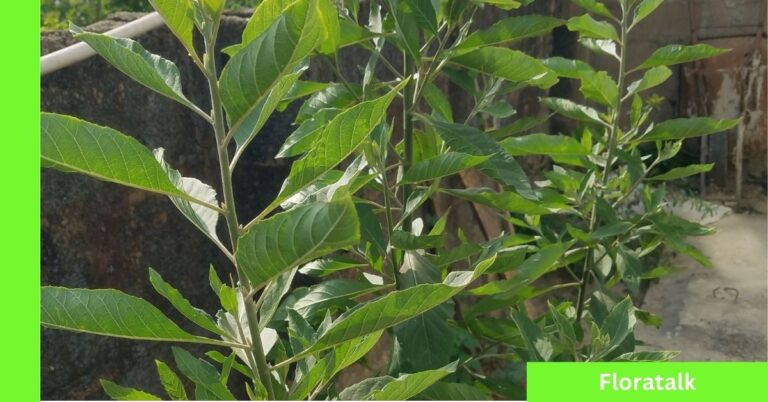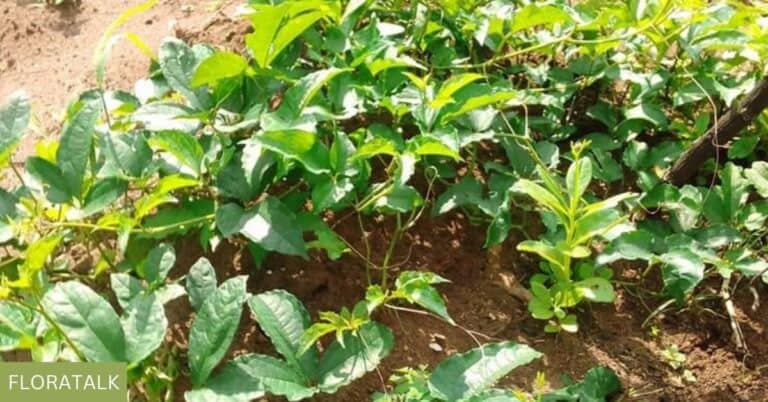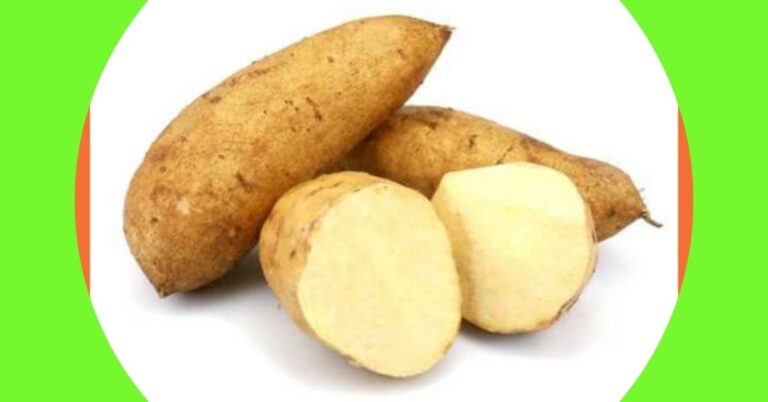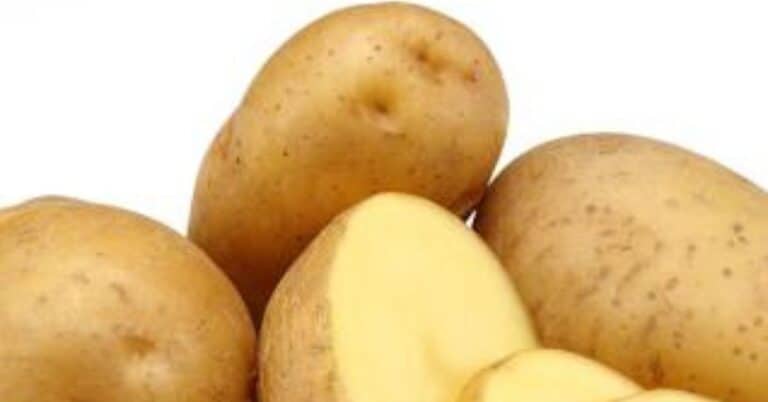Cocoyam: Simple Facts, Uses and Benefits To Know

Cocoyam also known as taro is a root vegetable cultivated for their corms as food.
The leaves and petioles also serve as food.
There are different species of cocoyam, the light purple corms, the white and the yellow corms.
The most abundant is the light purple corm and the white corm.
The yellow corm is hard to find but it is a good source of antioxidants.
It grows as an annual plant;
It is common in Africa and South Asia.
Scientifically, cocoyam belong to the family Araceae
The two species that are generally cultivated as food plants are from the genus Colocasia and Xanthosoma.
History
Cocoyam is one of the most ancient cultivated crops.
Some cocoyam exist as ornamental plants while some are wild plants.
The domestication of the taro happened independently at different locations thus assuming different local names.
Cocoyam in Nigeria
In Nigeria cocoyam is one of the major tubers produced and consumed in the country,
the other tubers are cassava, yam, irish potato and sweet potato,
The tuber rates number three after cassava and yam in terms of production in the country.
Cocoyam is more nutritious than yam and cassava, it has higher protein, mineral and vitamin.
Nigeria is the largest producer of cocoyam in the world with an annual production of 5.49 million metric tonnes,
equivalent to 45.9 % of world production and 72.2 % total output of cocoyam in West Africa. NRCRI
In Nigeria, the Igbo’s call it Ede, the Yoruba’s call it Koko while the Hausa’s call it Gwaza.
In other west african countries its called “Mankani” in Ghana (Twi language), Malanga” in Senegal, “Nduma” in Kenya, “Macabo” in Cameroon (French)
Colossians esculanta (old cocoyam) is the oldest species in Nigeria and Xanthosoma Sagittitolium (new cocoyam) came very much later.
Both species are in abundance in the east and western part of Nigeria.
These are most preferred because of their less oxalate content.
Ebonyi is the top region by production of cocoyam in Nigeria.
As of 2005, production of cocoyam in Ebonyi was 242 1000 metric tons that accounts for 11.53% of Nigeria’s production of cocoyam.
The top 5 regions (others are Ondo, Cross River, Ekiti, and Enugu) account for 50.42% of it. knoema
Description
The crop has an outer thin cover that ranges between light to dark brown in colour.
The outer skin has ring patterns on it
The inner flesh which is the part that’s consumed can be purple, white or yellow in colour.
The corm has a sweet nutty flavour.
The starch is easily digestible.
Raw cocoyam is very toxic due to the presence of calcium oxalate and the needle – shaped raphides In the plant cell.
Those toxins cause irritation of the throat and mouth if not thoroughly removed.
Remove toxins by cooking properly or by soaking in water overnight.
How To Select The Best When Buying Cocoyam
When buying cocoyam from the market;
look at it thoroughly,
Avoid the ones that have soft parts (Soft part is the initial sign that the cocoyam is going bad),
Try to avoid cocoyam with cracks and bruises, rotting begins from such opening.
Nutritional Information
| Carbohydrate | 34.6g |
| Sugar | 0.4g |
| Dietary Fiber | 5.1g |
| Fat | 0.11g |
| Protein | 0.52g |
| Vitamins | 0.52g |
| Thiamine (Po1) | 0.107mg |
| Riboflavin (Po2 | 0.026mg |
| Niacin (B3) | 0.57mg |
| Pantothemic acid (B5) | 0.336mg |
| Vitamin B6 | 0.331 |
| Folate B9 | 19.4g |
| Vitamin C | 5mg |
| Vitamin D | 1.24ug |
| Vitamin E | 2.93mg |
Minerals
| Calcium | 18mg |
| Iron | 0.72mg |
| Magnesium | 30mg |
| Phosphorus | 76mg |
| maganeseus | 0.449mg |
| Potassium | 484mg |
| Zinc | 0.27mg |
Uses
One of the major uses of cocoyam is for food, the corm is boiled, fried, baked, roasted and the leave is not left out,
The leaves are cooked as vegetables. They are also used to wrap other foods.
Examples of some of the meals made
Cocoyam chips
Epkang Nkukwo prepared with cocoyam leaf
Kontomire” (Palava sauce) is a popular Ghanaian soup prepared with cocoyam leaves.
It can substitute yam in some recipes
It’s also processed into cocoyam powder.
It serves as a thickener in soup e.g bitterleaf soup, ofe Owerri, oha soup.
Health Benefit
Gluten Free
Cocoyam has no gluten in it, this is perfect for people with low tolerance for gluten.
Promotes Digestive Health
Digestive health due to its high level of dietary fiber,
They feature high quality phytonutrient profile comprising of dietary fiber and antioxidants in soldition to minerals and vitamins especially vitamin B,
Its one of the finest source of dietary fiber, it carbohydrate are complex and slow digesting
Cancer Prevention
Vitamin A and C and offer phenolic antioxidants found in taro corm help boost the immune system and help eliminate dependent free radicals from our system.
Helps Prevent Cancer
Possess anti-cancer activities it is also a rich source of antioxidants such as flavonoids.
Research says that a flavonoids rich diet protects against cancer and heart disease.
Blood Pressure and Heart Health
Contains considerable amount of potassium which is essential for healthy heart
potassium helps to relieve stress and pressure on blood vessels and arteries
Immunity System
Vitamin C found in taro corms helps the immune system build more white blood cells that help to defend the body from pathogens.
Vitamin C is an antioxidant which helps against cancer.
Alleviates Muscle Cramps
Helps decrease muscle cramps due to its high potassium level.
Promotes Healthy Skin and Hair
Helps hair strength because of its vitamin E content,
The Vitamin E present also helps to enhance skin’s health.
Makes for Healthy Ears
Enhance hearing B1 (thiamine) is crucial for increasing focus, energy and presents memory loss.
Rich in Vitamins
It’s rich in B vitamins, vitamin D and folate; these vitamins are essential during pregnancies.
It also has a significant amount of zinc and vitamin c both help to improve immunity.
Side Effect
Eating cocoyam that is not well prepared can lead to kidney stones and gout as a result of the presence of oxalate.
prepare by boiling for at least 45 minutes.
Soaked in water overnight before cooking to reduce the amount of oxalate.









